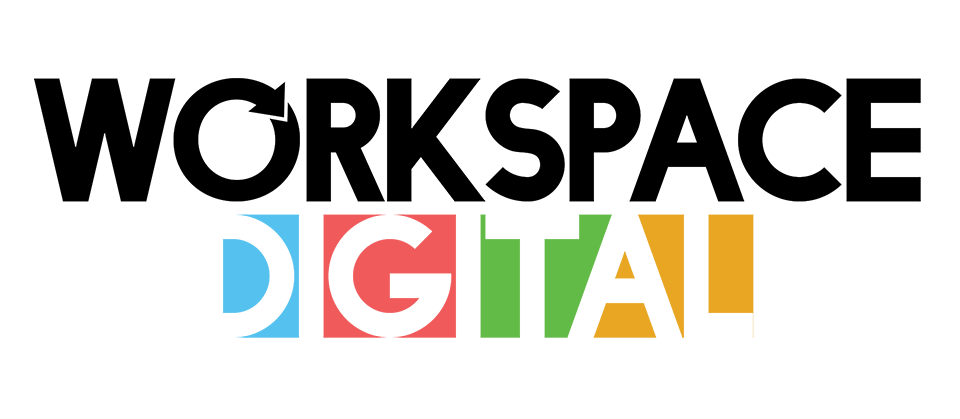T oday’s marketplaces are better connected than ever before. Brands, customers, suppliers, partners, and even competitors have never known such immediate and direct access to one another. Thanks to the digital, social, and mobile landscapes, marketers have a real opportunity to understand their customers better and ultimately do more business through content marketing engagement and social media engagement.
I often hear engagement referred to as something customers do with content or as something internal colleagues do when taking part in company events. We need to start thinking of engagement in the digital space as continuous interaction between brand and customer. I’ll present a couple of examples below to get you thinking and then examine some business practices I’ve observed vs. what I think might have yielded more effective results.
Example One: Social Media Campaign
(Twitter and Facebook)
Action Taken: A client used HootSuite to line up 2 weeks of posts scheduled to release new content a couple of times each day. Halfway through and at the conclusion of the campaign, the client reported on reach, exposure, shares, and likes. Part of this report was classified as ‘engagement’.
Our Suggestion: Using a platform such as HootSuite to manage, schedule, and organize content distribution is a fantastic idea. Furthermore, the powerful analytic tools available today that let us capture campaign results are truly amazing. Yet we’re missing an important piece. In this example, the company has executed a one-way campaign. They are serving content to their audience but aren’t allowing a dialog to develop. This company would have been better served to follow up daily and engage in the conversation themselves. This could be responding to comments, asking thought-provoking questions, posting content to specific users, or saying thank you. Becoming actively involved in conversation with your audience will humanize your brand and develop loyalty within your customer base. For years we’ve ‘talked to’ our audience through traditional broadcast media — with the web we now have the ability to ‘talk with’ them.
Example Two: Original Content Show
(Weekly Web Video Series)
Action Taken: Each week the company would release one new episode of their online video web series. The company would include calls to action sending viewers to an online community where they could post discussions, find resources, and sometimes engage with the show host. Most of the viewership of the show (about 50-100 thousand views per episode) took place on YouTube.
Our Suggestion: The community action and dedicated team of moderators in this scenario is producing outstanding work. Using original content to direct viewers to a targeted location where they can be turned into customers is a solid business strategy. The opportunities to engage in this case were all in place. The missing piece, in my opinion, was the platform where the engagement was happening. With most of the viewership happening on YouTube, the company should place moderators on the YouTube channel to participate in the rich conversation on the platform. Hundreds of comments per episode were being ignored without a brand representative to read and respond to them. It’s important to understand where conversations are happening. Identify where your audience is consuming your content and then make sure you are ready and able to communicate with them in those locations once they start to engage.
Example Three: Customer Reviews and Feedback
(Online Form)
Action Taken: A client setup an online form for customers to send in feedback, reviews, and testimonials. After submitting the form, the customers received an automated ‘thank you’ confirmation message and positive reviews were posted on the company website. Negative reviews were used to improve the service.
Our Suggestion: On the surface, this sounds like a great program. It certainly includes many aspects of a customer-focused company. They are offering a way for customers to improve the business, listening and acting on advice, and promoting positive feedback. The problem is that there isn’t a personalized response from the company. A customer who fills out a feedback form is either angry enough to complain (in which case you are at risk of losing this customer) or the customer cares enough about your business to provide positive feedback and/or to try to make it better. Instead of an automated response, personalize a thank you email to each customer who sends feedback. Then follow up with the customer when you add their comment to your site or when you take action to address the issue they had. Don’t pass up an opportunity to interact with a customer. Think about how much effort goes into sales and trying to initiate a conversation. That work has already been done when a customer engages with your content… don’t ignore it!












